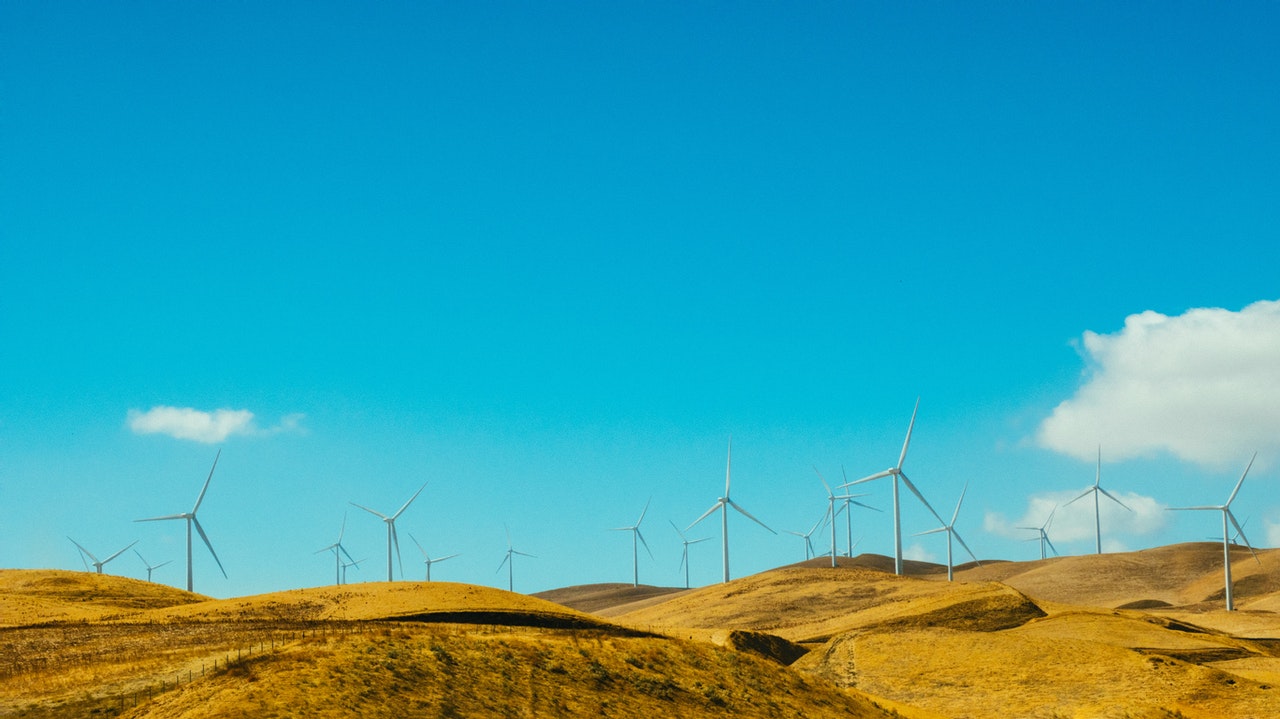When offshore wind farms appear, a period of noisy but well-researched and regulated construction begins. Once the turbines are up and running, they will become a valuable renewable energy source while emitting consistently lower noise levels.
Frank Thomsen of DHI discusses how this constant noise can affect wildlife in his presentation “Underwater Noise from Future Offshore Wind Turbines May Affect Marine Mammal Behavior”.
Thomsen and colleagues studied published noise levels from operating wind farms to identify trends in turbine size. As a rule, the larger the turbine, the higher the noise level.
However, new wind farms using quieter driving technology can offset the impact of more giant turbines to a certain extent. Old gearbox technology reaches dangerous levels for marine mammals at distances up to 6.3 km.
In contrast, newer direct-drive turbines are only expected to affect animal behavior within a radius of 1.4 km. “It is improbable that work noise will lead to any injury or even hearing loss, but changes in behavior can be a concern, as our study shows,” Thomsen said. “The zones of influence of individual turbines may overlap, but this still does not mean that the wind farm is a no-go zone for marine life. We see that porpoises often swim near the turbines.”
The long-term effects of this noise on wildlife are still largely unknown. The impact may depend on the number of turbines and their overlapping affected areas.
Theoretically, the sound could change the behavior of marine mammals and mask the calls of whales, but porpoises can often be seen swimming near wind farms in Europe, so it may not be as easy as it sounds.
“Because offshore wind farms have a relatively long lifespan, and there will be many of them, the potential impact should not be overlooked,” Thomsen said. “The point of our work is to raise awareness.”

